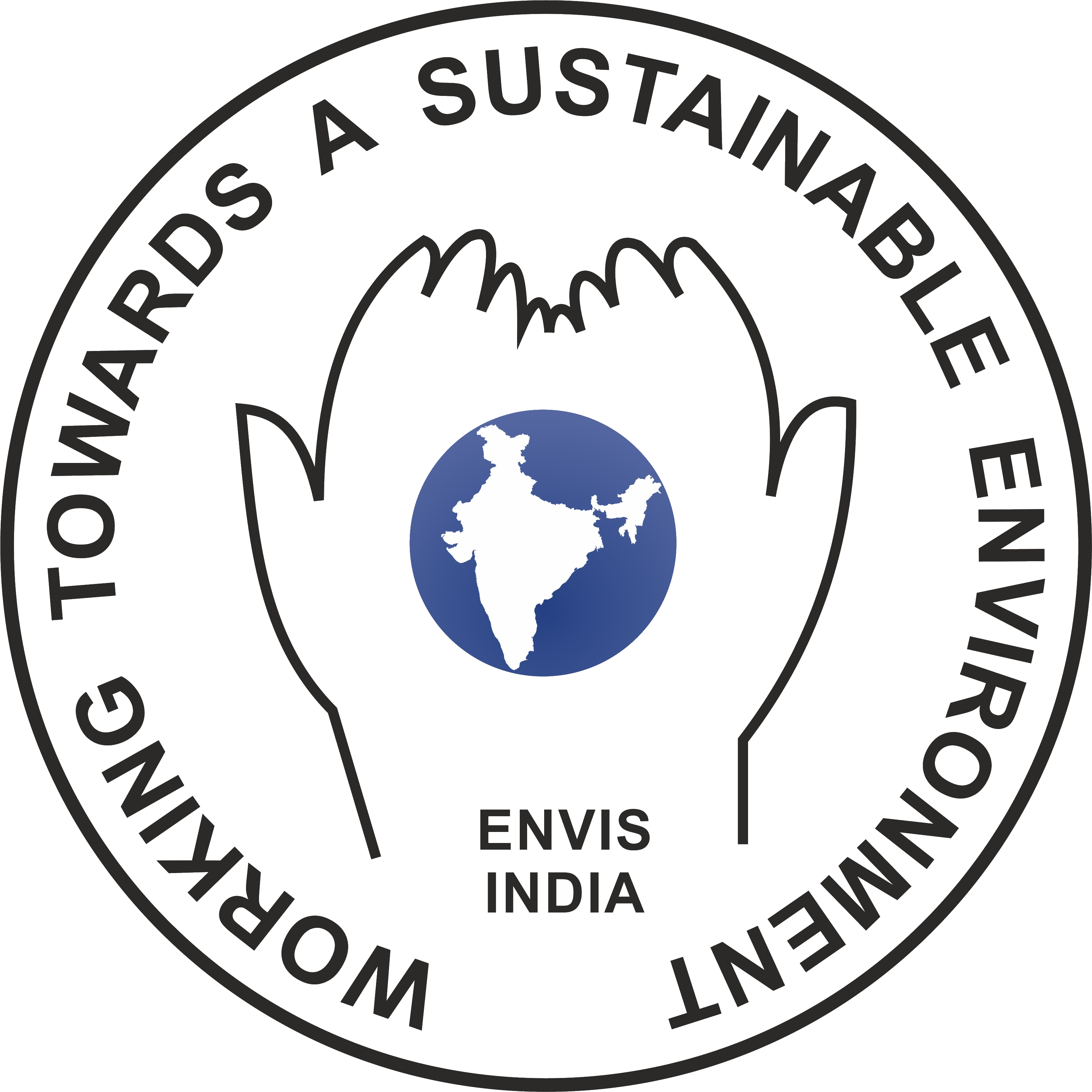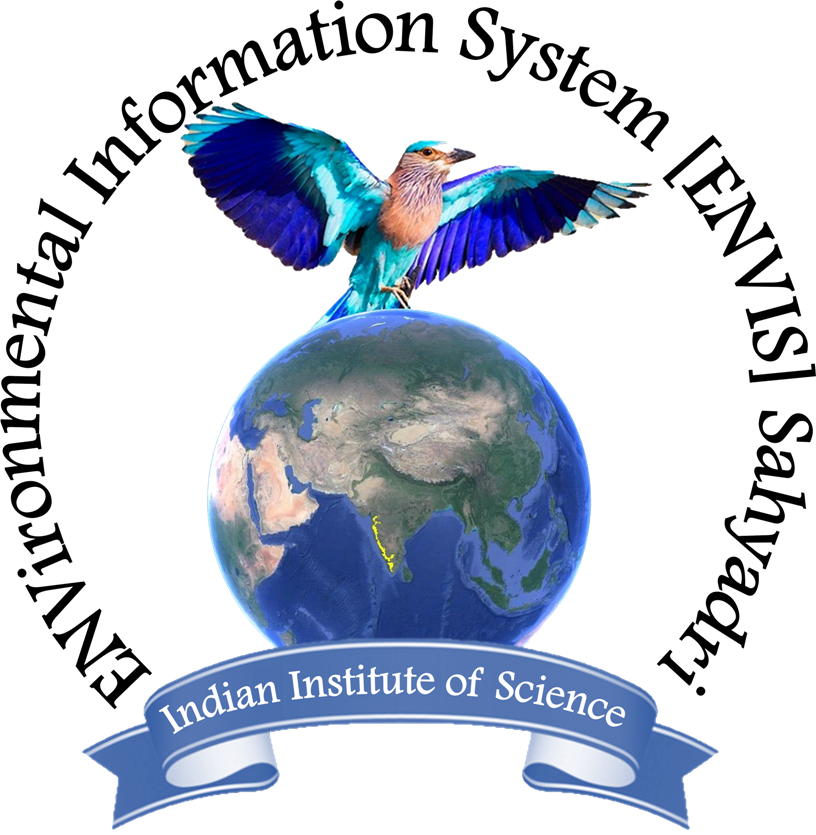Eco-restoration with planting native species of plant and a water body
Vrijulal
Bird Club, Alva Education Foundation
Bird Parks are usually an aviary, where many birds are encouraged to live and breed. An imitation of their natural habitat is created to help birds survive within this enclosed area. This model is seen across the globe and some of these aviaries are world famous. The concept of Bird Park is to allow the people, to observe birds and learn about their lifestyle, habitats and their importance in the natural world. It also acts as an ex situ conservation measure for those species that may be declining in numbers in the wild.
On this note, an idea emerged to have a bird park in the Alva's College, which can help students learn about these wonderful creatures and at the same time, can support their conservation in the area. However, keeping the birds captive was something that the team did not want to do. Harish R Bhat, a research scientist at IISc, recommended to have an open bird park where the wild birds can be attracted to visit and nest, and the students can observe these natural behavior.
A place was identified in the Shobhavana Campus, to start the first ever open bird park. The plan was to have the fruiting and flowering trees that provide food for birds. An open butterfly park also was planned adjacent to the bird park so that the caterpillars of the butterflies and other insects may serve as a food for insectivorous birds. A pond created at the center of the park should be able to host the aquatic birds of the region as well. The team from IISc lead by Dr TV Ramachandra visited the site and gave the plan for creating water body based on the contours of the region, and allowing the rain water from surrounding areas to be channeled towards the pond .

(Pond at the Bird Park being excavated, 2017)
A barren area which was to be used as a football ground was selected for the Bird Park. In the month of March, 2017, the pond was excavated at the bird pond and the soil necessary for planting the saplings were brought in. Mr. Muthappanna, who was taking care of the nursery had started procuring the native saplings from the list of plants given by Harish R Bhat, IISc. By May, 2017, the soil brought in was laid out and ready for planting. As soon as the rain started by mid-May, buffalo grass were planted across the area to stabilize the soil.
.png)
(Buffalo grass being planted at the bird park on left. Buffalo grass after planting on right)
The Buffalo grass soon started growing well, making the soil stable. In the month of June, 2017, saplings were planted all across the Bird Park.
.png)
(Planting done by nursery staff, students and the management)
Considering the rainfall in this region, we did not have to worry about the water and the saplings started growing very well. As they grew, a large variety of insects started to appear in the bird park. This already had started drawing the attention of some of the common insectivorous birds in the campus like Mynas, Tailorbirds, Prinias etc.
.png)
(Plants growth in the month of August, 2017)
In August, we were able to notice many insects, some small reptiles and amphibians appearing. Following them was more number of birds. Indian Peafowl was a common sighting. The water in the pond had completely seeped in, as it was a new pond and the ground water has to be recharged, before it can sustain water on the surface.
Since then, every month students along with researchers have monitored the bird diversity and the interesting interactions between various organisms. The plants in the park have been growing well and many can be observed flowering or fruiting and some plants today can be seen grown over 15 Ft in height. This has resulted in addition of several species of birds in the campus and seasonally, some of the aquatic birds also visit the park while the pond retains water.
.png)
Bird Park in May 2017 (on left). Bird Park in November 2020 (Right)
We have so far documented 104 different species of birds in this area which earlier did not have even grass. Students will continue monitoring the birds and other biodiversity in and around the Bird Park and will publish their findings in the coming years. The vision of connecting children with Nature, and using Nature as a classroom, has been served here along with providing food and shelter for several arrays of organisms, with birds as indicators, has been met here. We hope that this initiative will inspire our students and nature enthusiasts to create more of such platforms where we, humans and the biodiversity of the region are benefited.
Vrijulal
Bird Club, Alva Education Foundation


 Sahyadri ENews Issues: I - LXXVIII
Sahyadri ENews Issues: I - LXXVIII
